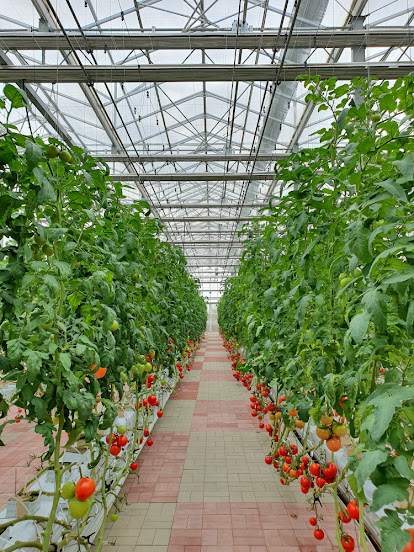LED Grow Lights for Hydroponics: A Perfect Match for Soilless Cultivation
Due to its effective use of resources and excellent yields, hydroponics, the practice of growing plants without soil, has become more and more popular. The appropriate lighting setup is one of the most important aspects of hydroponic gardening. Hydroponics with LED grow lights are now a great fit because of their energy economy, adjustable light spectra, and fine control. In this blog post, we'll look at why LED grow lights are best for hydroponics and how they help soilless farming succeed.
The Importance of Lighting in Hydroponics
Lighting plays a critical role in hydroponics, as plants absorb nutrients directly in water-based solutions. Hydroponic systems lack the soil's natural sunshine and nutrients, in contrast to conventional soil-based farming. Thus, it becomes crucial to use artificial lighting to give plants the energy they require for photosynthesis. In order to ensure optimal photosynthetic activity and development rates, LED grow lights provide a customized light spectrum that suits the unique requirements of plants at various growth stages.
Energy Efficiency and Cost Savings
Because they are so energy-efficient, LED grow lights are a great option for hydroponics. LEDs use a lot less electricity while producing the same or even more light than conventional lighting systems like high-pressure sodium (HPS) or metal halide lamps. Energy bills can be reduced as a result of this efficiency, particularly in large-scale commercial hydroponic operations where lighting can make up a sizable portion of the overall energy consumption.
Customizable Light Spectra
To satisfy the unique needs of various plant species and growth phases, hydroponic gardeners can alter the light spectrum of LED grow lights. Growers can optimize the wavelengths that plants absorb most effectively by using LEDs to precisely alter the light's color temperature and intensity. It is possible to encourage certain elements of plant growth, such as leaf development, flowering, or fruiting, by altering the light spectrum. Due to their adaptability, LED grow lights are a useful tool for hydroponic growers aiming to increase quality and yields.
Heat Management and Plant Health


Comments
Post a Comment